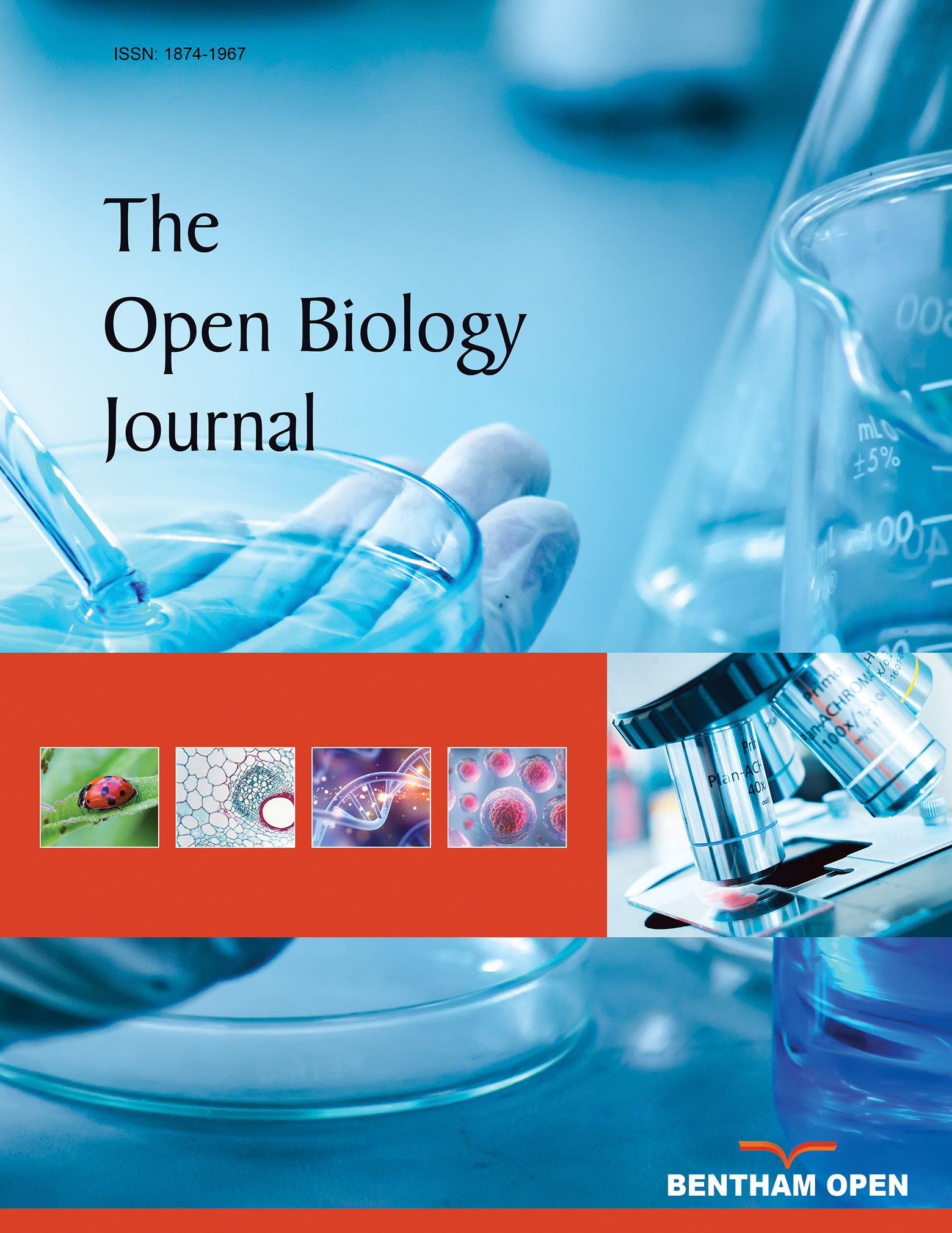All published articles of this journal are available on ScienceDirect.
Peroxisome Proliferator-Activated Receptor Expression in Murine Models and Humans with Age-related Macular Degeneration
Abstract
Peroxisome proliferator-activated receptors (PPARs) play a role in oxidative stress and VEGF regulation, which are closely related to age-related macular degeneration (AMD). PPAR γ expression and its downstream molecules were examined in fat-1 mice (transgenic mice that convert n-6 to n-3 fatty acids), Ccl2-/-/Cx3cr1-/- mice (an AMD model), ARPE19 cells (a human retinal pigment epithelial cell line, RPE, a cell type with a critical role in AMD), and human eyes with and without AMD. PPAR α, β, and γ, VEGF and receptors were determined by immunohistochemistry in the mice models, humans, and ARPE19 cells. Transcripts of PPARs, VEGF, MMP-9 and HO-1 were determined by RQ-PCR. PPARs were constitutively expressed in normal neuroretina and RPE of humans and mice. PPAR γ expression was increased in fat-1 and Ccl2-/-/Cx3cr1-/- mice. VEGF was decreased in fat-1 mice but increased in Ccl2-/-/Cx3cr1-/- mice. VEGF receptors were stable. VEGF, MMP9 and HO-1 transcript levels were increased in ARPE19 cells under H2O2 - induced oxidative stress. Human AMD retinas exhibited higher PPAR γ. The findings of increased expression of PPAR γ and its downstream proteins (VEGF, MMP9, and HO-1) in H2O2-treated ARPE19 cells, Ccl2-/-/Cx3cr1-/- mice, and human AMD eyes, but decreased VEGF in fat-1 mice, suggest that PPAR γ may play a role in AMD.


